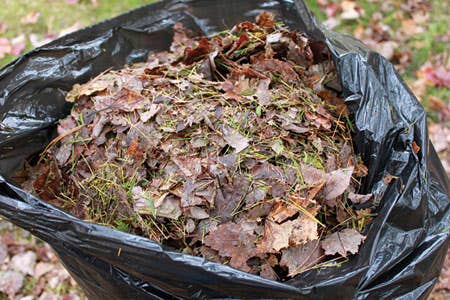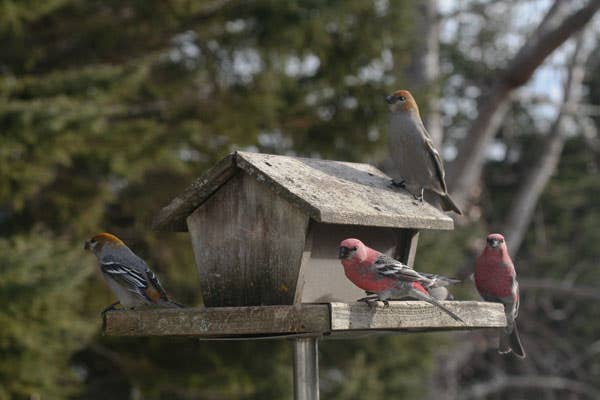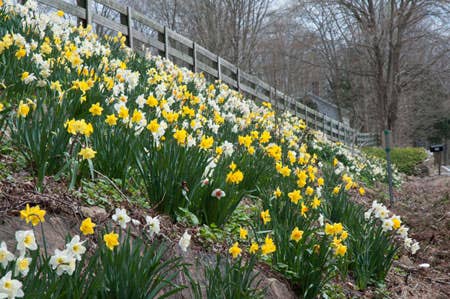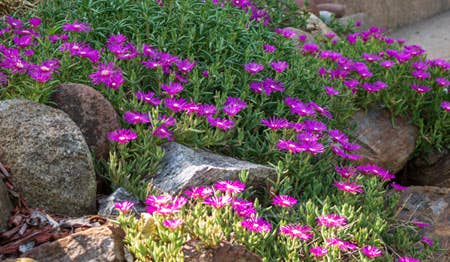Q&A with Bob Polomski 26
Extension Consumer Horticulturist, Clemson University I know it’s important to deadhead tulip bulbs to encourage rebloom, but is this true of all bulbs? Won’t some spread by seed? –A.C., Limerock,…
Extension Consumer Horticulturist, Clemson University
I know it's important to deadhead tulip bulbs to encourage rebloom, but is this true of all bulbs? Won't some spread by seed?
–A.C., Limerock, RI
Answer: Removing spent flowers, or deadheading, not only tidies up a tulip, but also prevents energy from being put into producing seeds and, instead, directs this energy back into the bulb for next year's bloom. Tulips, in particular, benefit from deadheading, since nearly one-third of its reserves are consumed for seed production. With certain species tulips, however, you may wish to forgo deadheading to take advantage of volunteer seedlings that will fill out naturalized plantings. Tulipa clusiana, T. sylvestris, and T. sprengeri will all self-seed.
You do not need to deadhead hybrid daffodils, since they rarely produce seed. These daffodils are typically self-infertile, have heavy pollen that's not carried by wind, and have little nectar, which makes their flowers less appealing to pollinators.
Just as with tulips, a number of species daffodils will produce viable seed, and can increase their numbers through the resulting seedlings. These include Narcisssus bulbocodium, N. cyclamineus ‘Mite’, N. obvallaris, N. poeticus var. recurvus, and N. pseudonarcissus ‘Lobularis’. Finally, a few hybrid miniatures that are closely aligned to species, such as Narcissus ‘Little Gem’ and N. ‘Little Beauty’, also self-seed.
As for other spring-flowering bulbs, those that will reproduce by seed include Allium drummandii, Grecian windflower (Anemone blanda), glory-of-the-snow (Chionodoxa spp.), Cyclamen coum, winter aconite (Eratithis hiemalis), dog's-tooth violet (Erythranium spp.), Fritillaria verticillata, snowdrops (Galanthus spp.), spring snowflake (Leucojum vernum), Spanish bluebells (Hyacinthoides hispanica), grape hyacinth (Muscari spp.), nodding star-of-Bethlehem (Ornithogalum nutans), Puschkinia libanotica, and Siberian squill (Scilla siberica). In the case of many of these small-flowered bulbs, the benefits of letting them go to seed probably exceed the labor necessary to deadhead.
A bag of 20–10–20 fertilizer I bought bears the following statement: “Potential acidity: 406 lbs. calcium carbonate equivalent per ton.” What does that mean, and does it affect how I can use it?
–E.T., Willamina, OR
Answer: Certain fertilizers will lower the pH of soil to which they are applied. Ammonium fertilizers—for example, ammonium sulfate or ammonium nitrate—will make soil more acidic. This is not true of all fertilizers; calcium or potassium nitrate will raise the soil pH. With your particular bag of fertilizer, the label explains that 406 pounds of limestone (calcium carbonate) will be needed to neutralize the acidic effect of applying 2,000 pounds of the fertilizer to your soil.
If your soil is naturally acid, you are probably already adding lime to keep the pH near neutral. Using an acidity-enhancing fertilizer will just make your efforts to sweeten the soil a little more difficult. As a rule of thumb, when your soil pH is less than 5, try to use a source of nitrogen that is not ammonium-derived.
It's always a good idea to have your soil tested once every three years. This will not only give you a measure of nutrient levels, but will also let you know whether you are maintaining an optimal pH of 6.0 to 6.5, which is best for most plants.
Is it possible to raise ginger from the fresh roots you buy in the supermarket?
–T.F., Lafayette, LA
Answer: You should have no difficulty. The edible ginger (Zingiber officinale; Zones 8–12) has been cultivated for centuries throughout the tropics and subtropics. The plant produces two- to four-foot-tall stems with narrow lanceolate leaves that are six inches to a foot long. Although the plant is capable of producing a flowering stem topped by yellowish green flowers tipped in purple, this rarely happens in cultivation. The flowers that do appear will be infertile.
Select plump, firm-skinned rhizomes from the supermarket. You can cut them into one- to one-and-a-half-inch-long pieces, provided you leave at least one “eye” or growing point on each segment. Allow the cut surfaces to dry for a few days before planting. Whether you plant in containers or in the ground, the rhizome pieces should be an inch deep. When planting in the ground, space them 15 inches apart.
Ginger will grow in locations receiving two to four hours of full sun. During the growing season, fertilize them with a complete, high-nitrogen, slow-release fertilizer and keep them well watered. It takes more than five months of good growth to produce new rhizomes. In Louisiana, where shoots emerge in May, the plants can be harvested by October or November, when the tops die back. You can, of course, simply raise a plant or two as a curiosity, whether or not you intend to harvest the roots.
My potted tibouchina is now about five feet tall. I brought it indoors for the winter. How should I treat it until spring?
–M.T., Woodhaven, NY
Answer: Native to Brazil, the glory bush or princess flower (Tibouchina urvilleana; Zones 8–11) has velvety 10- to 12-inch-long, sage-green leaves. The blossoms are borne in 12- to 18-inch-long panicles of silver-dollar-size, violet-blue flowers with white eyes. As an added attraction, leaves turn orange and then red before being shed.
While this tropical plant is root hardy in Zone 8, most people move their plants indoors before the first frost. This shrub can grow to a large size in the course of a summer, which typically requires cutting some of the branches back. It's also wise to inspect the plant before bringing it indoors, to ensure that it isn't carrying insect pests.
Indoors, tibouchina needs a location that receives at least four hours of direct sunlight and cool, 50°F temperatures. To ensure that the plant remains dormant during the winter, water it infrequently, but do not allow the mix to dry out completely.
In the spring, warmer temperatures and additional water should encourage new growth. At this time, you may want to take three- to four-inch-long tip cuttings and root them. Within eight weeks, these should be ready to be potted up individually. H







